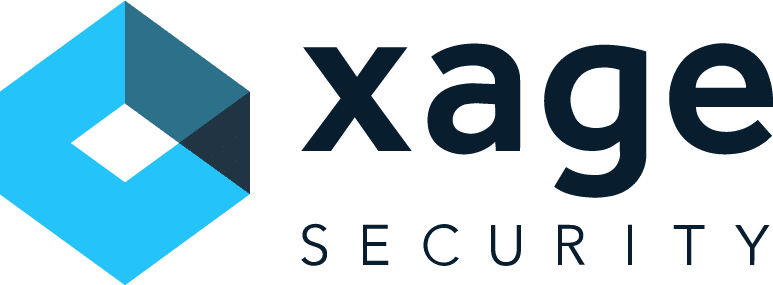Amit Pawar, Senior Vice President, Solutions Advisory & Customer Success, Xage Security
The European Union’s new NIS2 Directive is redefining cybersecurity accountability across Europe. From energy and manufacturing to healthcare and transportation, essential and important entities must now meet stringent technical and organizational controls to protect critical systems. Yet while the directive raises the bar, it also raises a crucial question: how can organizations achieve compliance without slowing down their operations?
Xage Security’s Fabric Platform provides a clear answer. The identity-first, distributed security fabric operationalizes the core principles that NIS2 emphasizes: Zero Trust, least privilege, multifactor authentication (MFA), segmentation, monitoring, and resilience across the full IT and OT stack.

Europe’s New Era of Cyber Enforcement & Accountability
The NIS2 Directive (EU 2022/2555) and its Commission Implementing Regulation (EU 2024/2690) expand cybersecurity obligations for European organizations. Companies must now define and enforce comprehensive cybersecurity policies, manage risks across IT, OT, and supply chain partners, and maintain capabilities for incident detection, response, and reporting. They are also required to establish asset inventories, implement secure network segmentation and continuous monitoring, and protect user identities through strong authentication and least-privilege access models.
The directive does not simply recommend Zero Trust. It requires it. Article 21 explicitly highlights cyber hygiene practices such as Zero Trust principles, device configuration, and access management. For many organizations, this means replacing outdated perimeter defenses with identity-centric control frameworks that verify every user, device, and connection.
Zero Trust at the Foundation of Compliance & Resilience
The Xage Fabric Platform makes achieving compliance quick and easy. The platform uses a distributed mesh overlay to unify access control, identity management, and data protection across hybrid infrastructures. It can be deployed in as little as one day and doesn’t require any significant network changes or rip and replace, putting organizations on the path to compliance in no time.
While compliance is mandatory, true resilience is the ultimate goal—and Xage enables both.
With the Xage Fabric Platform, every user and machine is authenticated and authorized for each session, eliminating any assumption of trust. Granular segmentation ensures that access is limited to specific assets, effectively preventing lateral movement by attackers. All actions are recorded in immutable, cryptographically protected logs that provide tamper-proof audit evidence for compliance and forensics. Secure remote access replaces risky VPNs with session-based connections that are policy enforced and time-limited, ensuring third parties and employees can reach only the resources they are permitted to use. Extended Privileged Access Management (XPAM) issues temporary credentials for administrative users, closing the door on standing privileges and reducing insider risk. Because Xage’s architecture is distributed, it continues to enforce policies and maintain security even when parts of the network are offline or disconnected.
NIS2 compliance does not need to be a burden. With Xage, it becomes an opportunity to strengthen security, unify controls, and build resilience across the enterprise. By adopting Xage, organizations can meet regulatory obligations, present immutable evidence of compliance, improve real-world cyber resilience, and simplify security management across IT, OT, and cloud environments.
To explore the full technical mapping of NIS2 requirements to Xage’s capabilities, download the whitepaper Xage Zero Trust for NIS2 Compliance.









